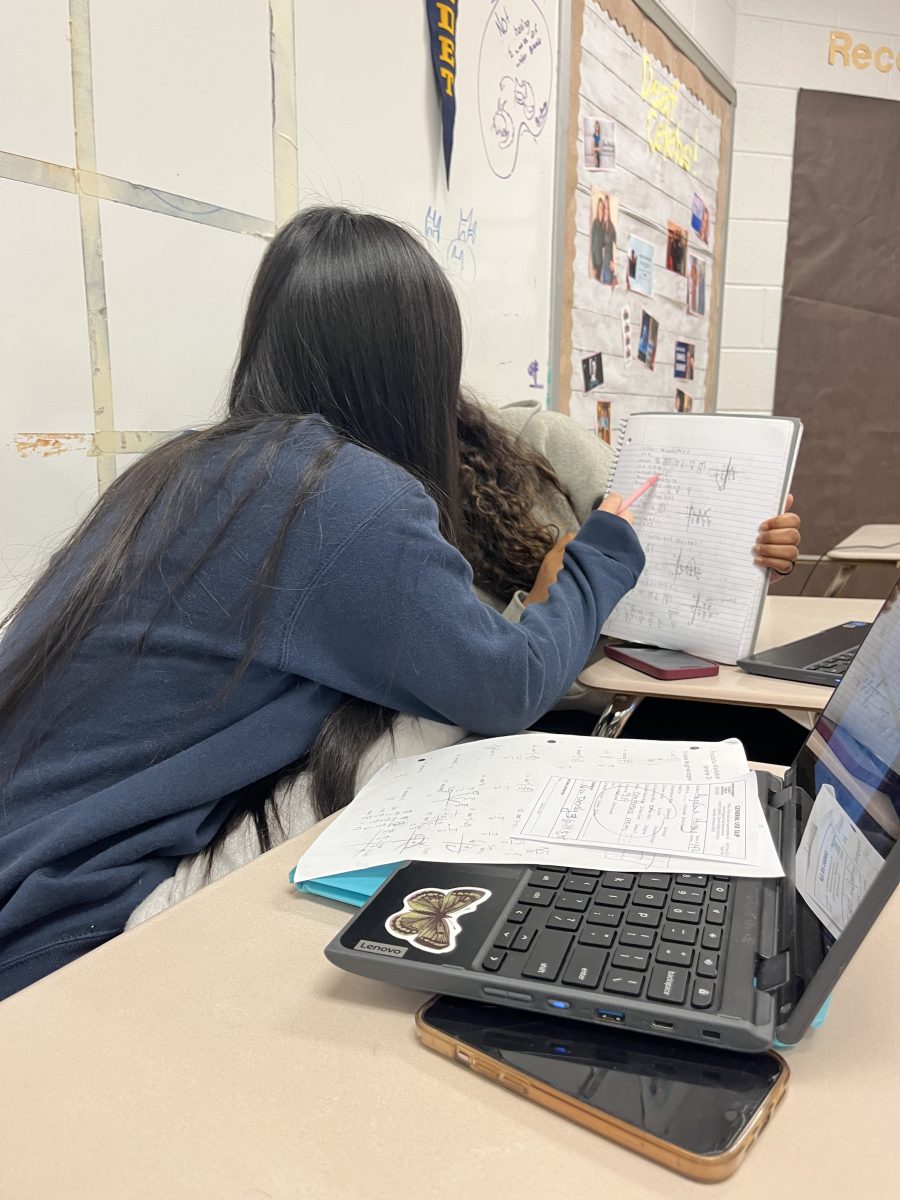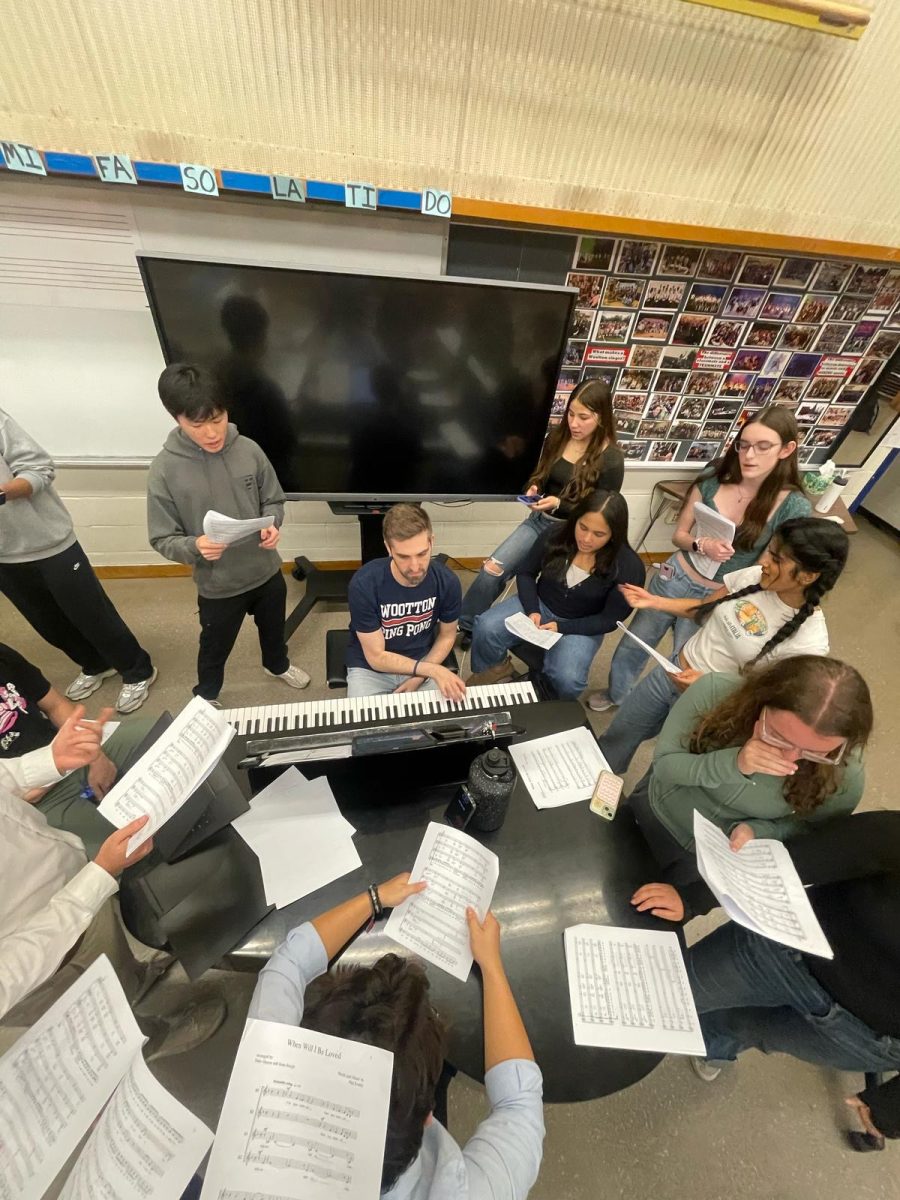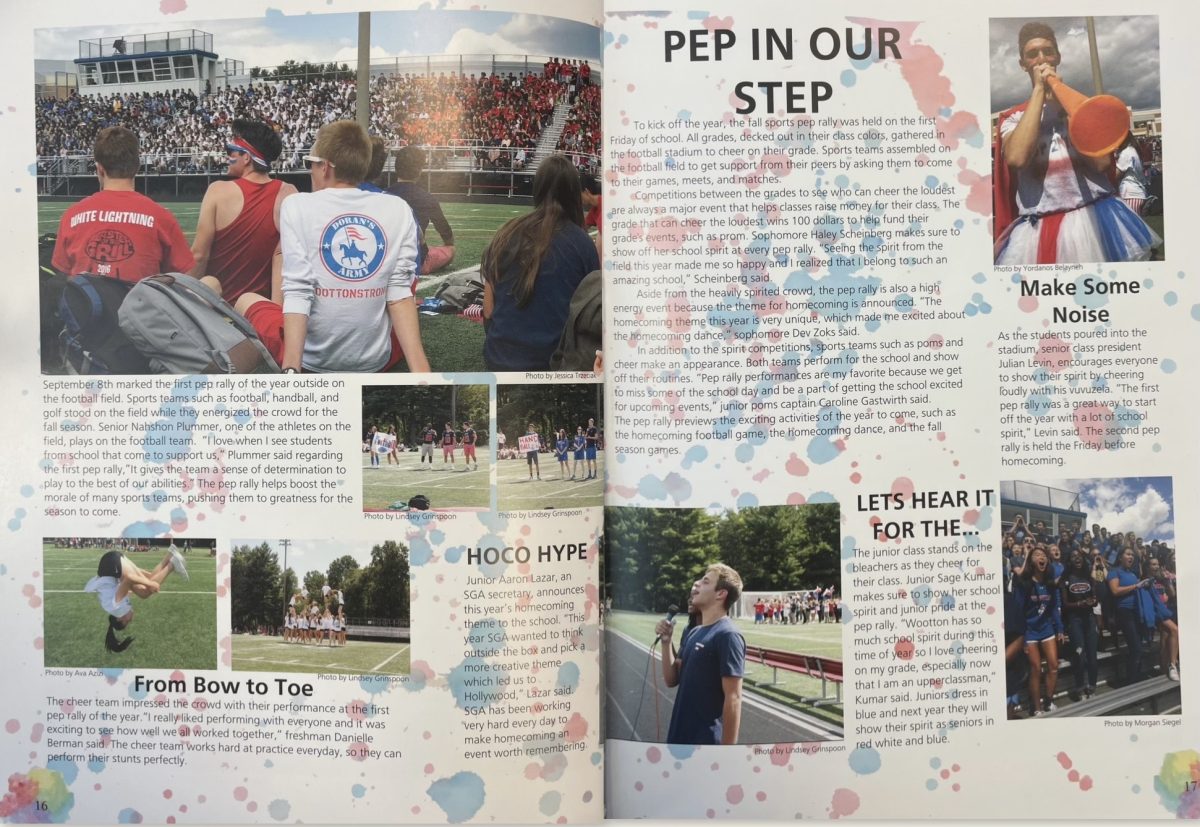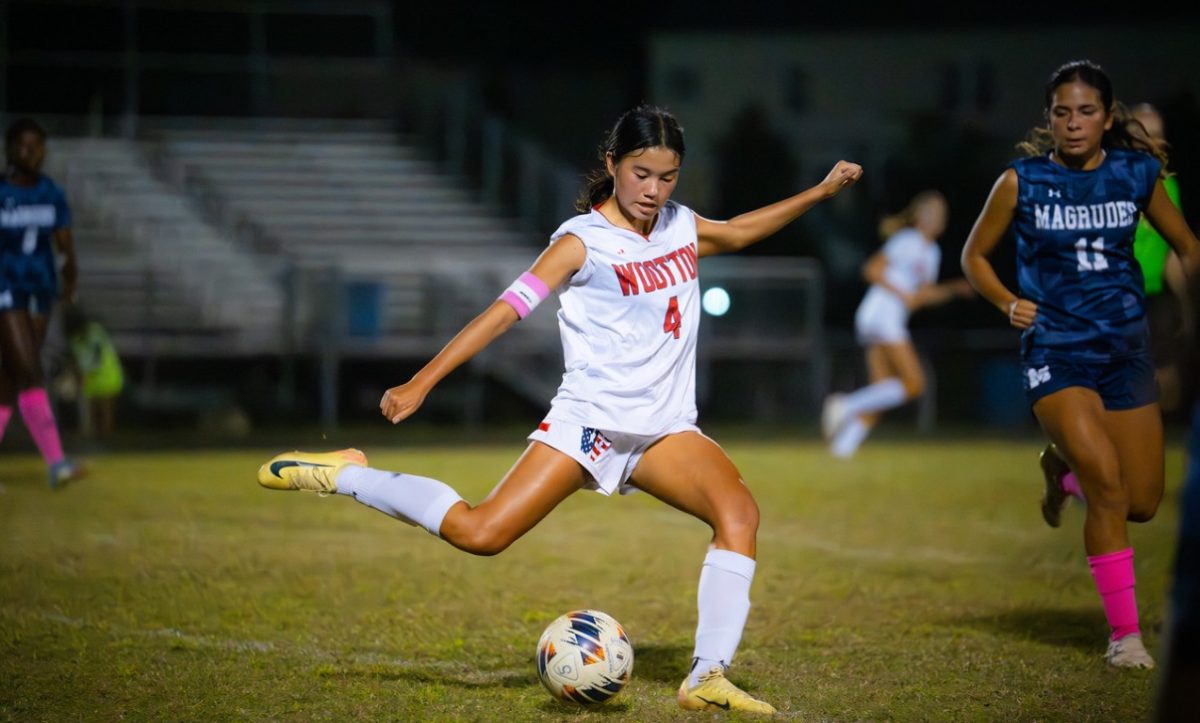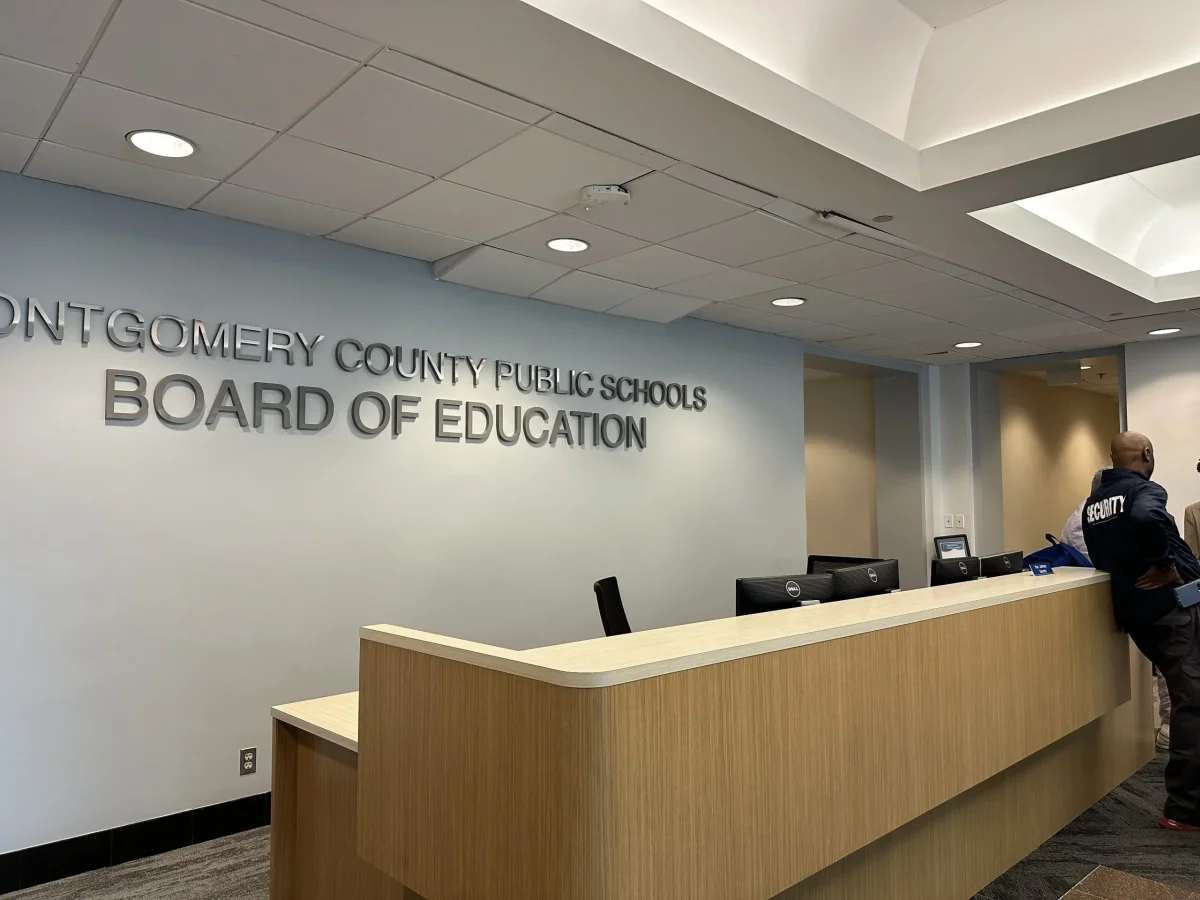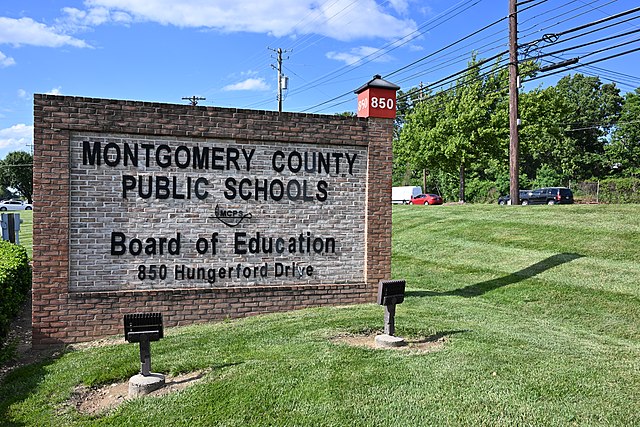The “W” schools include Thomas Wootton, Winston Churchill, Walter Johnson and Walt Whitman. Each school harbors thousands of hardworking and high-achieving students who excel in sports, smoothly navigate challenging courses, receive astronomical test scores, and run flourishing clubs. Inevitably, every year there is an abundance of students admitted to prestigious universities. Seeing how ambitious students are, with the level of courses taken and the amount of extracurriculars participated in, should be a jaw-dropping experience.
This school, along with the other “W” schools, has exceptional teachers, is consistently ranked as a top school in the state and nation and is an environment where students push each other to strive for better. “[Students are] coming out of a school in which you have this strong background that individuals and organizations can count on,” Principal Doug Nelson said.
The overall demographic of students who attend these schools tends to be wealthier than peers who attend other MCPS schools. According to the US News & World Report, 7% of students at this school are on free lunch as compared to 49% of students at Gaithersburg. The resources this wealth brings grants students an advantage as compared to their MCPS peers with lower socioeconomic status. This means that students at the “W” schools may be able to afford luxuries like tutors and college counselors, while students at other schools do not have access to these resources.
However, the “W” schools are not all they’re cracked up to be. Underneath the shiny facade of these wealthy schools with esteemed reputations are students crippled by the craving for academic validation. In addition to students’ personal potential and the influx of opportunities, they encounter a rigorous curriculum and immense academic pressure that has a tendency to push students too harshly. “I feel like [the classes are] a lot harder than other classes that I have taken in the past,” freshman Maria Orjuela said.
Students at “W” schools are expected to be able to understand material in particular ways, retain material and complete seemingly countless assignments and demanding assessments. “I think there are similar dynamics actually in the vast majority of our schools and how those things play out,” Nelson said.
However, in addition to the level of rigor, students at these schools particularly, participate in an abundance of extracurricular activities such as running clubs and being a part of sports teams. With the quantity and difficulty of the work, other responsibilities, and the mere hours to a day, it becomes a matter of efficiency and productivity. Proving that realistically, “W” schools are a case of survival of the fittest, as not every student is able to withstand the level of intensity for the longevity of their high school experience.
Almost instantaneously, as the scores are released for tests, students inquire about others’ results to compare. This fuels a competitive environment and fosters the expectation of doing “adequate”. Except, this said adequate is not truly mediocre, as at another, more underachieving school, these same mediocre students would be deemed brilliant. Students don’t always realize this, perceiving themselves as the exception to the overall notion of intelligent and exemplary students. For example, According to the US News & World Report, students at this school rank 90% on reading, 81% on science and 17% on math as compared to MCPS’ overall performance at 62%, 51%, and 13% on the same 2019 and 2021 tests administered.
The Expert Review Team (ERT) from Maryland Blueprint Rollout selected this school as one of the first to go through this evaluation process. According to Nelson, ERT’s purpose is to observe, learn, and provide insight as an outside individual. And that in the two days spent at our school in late February, they could see the strong academic rigor and the amount of pressure students are under. “We know that, we live this story, our staff live the story, our students live the story, parents live the story. But the outside reviewers, within their two days with us, came through so strongly that they observed it as well,” Nelson said.
While these schools can be beneficial in setting up students for success, our school would be better off by cultivating an environment where students do not share test scores and feel that it is acceptable to make mistakes.


